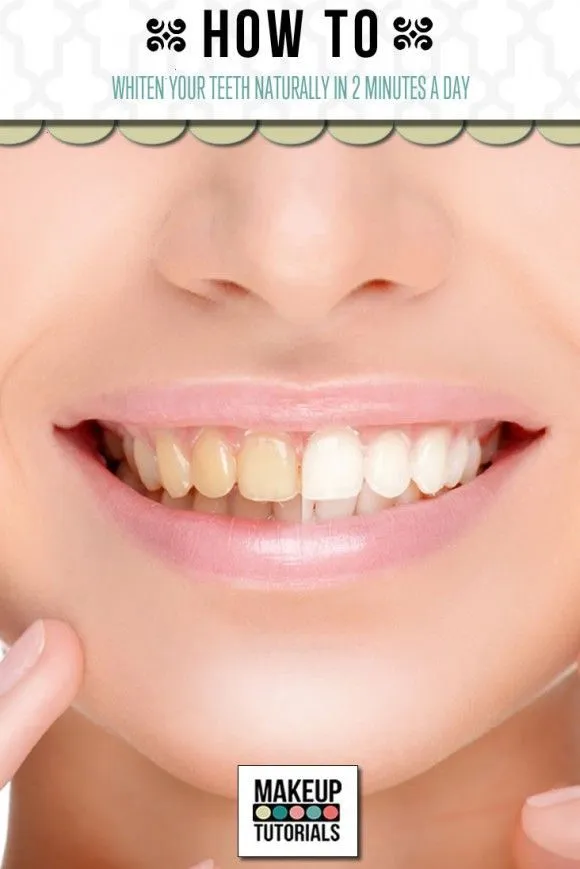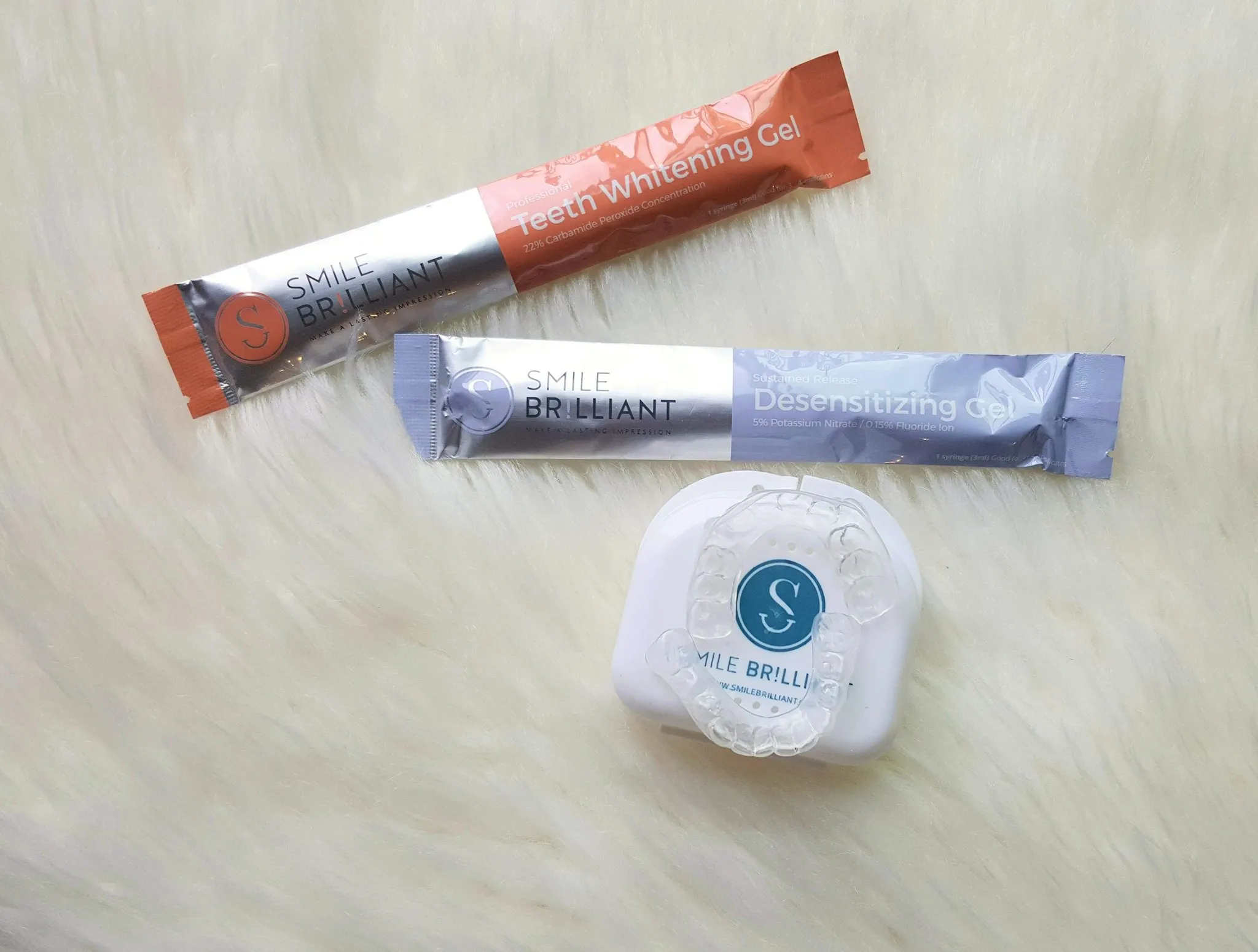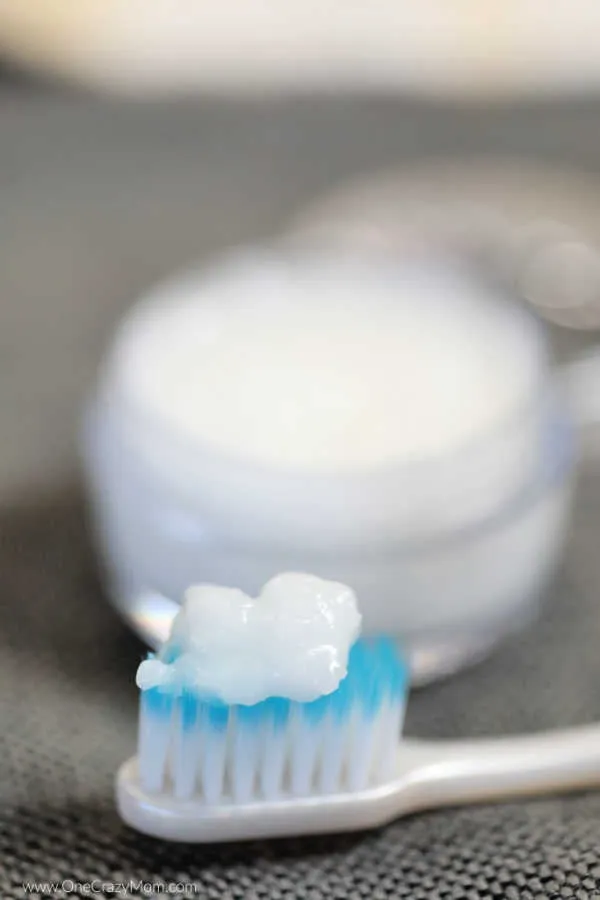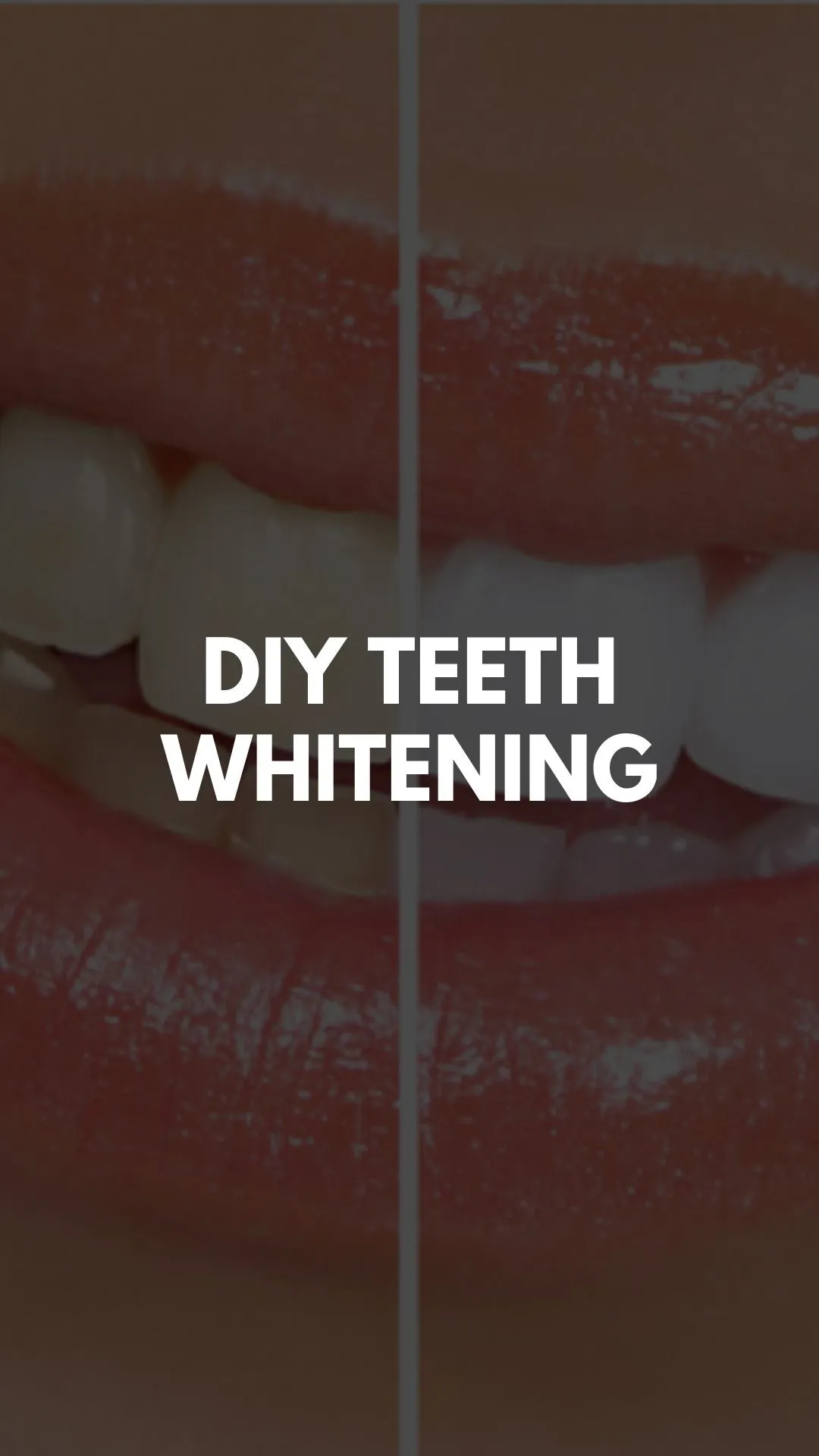Understanding Teeth Whitening DIY
Achieving a brighter, whiter smile at home has become increasingly popular, with many individuals seeking affordable and accessible methods. DIY teeth whitening offers a cost-effective alternative to professional treatments, utilizing readily available ingredients and simple techniques. This guide delves into the science behind teeth staining, explores various DIY methods, and provides essential tips for safe and effective whitening. Before embarking on any DIY teeth whitening journey, it’s important to understand the process and potential risks involved. Remember that results may vary depending on the individual, the type of stains, and the chosen method.
The Science Behind Teeth Staining
Understanding why teeth stain is crucial for effective whitening. The outer layer of your teeth, the enamel, is porous and can absorb pigments from food, drinks, and tobacco. These pigments accumulate over time, leading to discoloration. Knowing the types of stains helps determine the most appropriate whitening approach. Stains can be categorized into two main types, external and internal, each requiring a different strategy for removal. These stains can impact your confidence and the overall aesthetic of your smile. The goal is to safely and effectively remove these stains to reveal a brighter, more confident you.
External Stains vs Internal Stains

External stains are on the surface, caused by foods, drinks (coffee, tea, wine), and smoking. These are usually easier to remove with DIY methods. Internal stains are deeper, within the dentin (the layer beneath the enamel). They can be caused by aging, genetics, certain medications (like tetracycline), or trauma. These stains are generally harder to treat and may require professional intervention. DIY methods often work best for surface stains, while deeper stains might need professional help to see significant improvements. Identifying the type of stain is the first step to the DIY whitening process.
DIY Whitening Methods You Can Try
Several DIY methods claim to whiten teeth. It’s essential to approach these methods with caution, understanding the science and potential risks. Common methods include hydrogen peroxide, baking soda, and coconut oil pulling. Each method has a different mechanism of action, and the effectiveness can vary. This section provides information on some of the most popular methods for DIY teeth whitening, helping you make informed choices about your oral care routine. Remember to always prioritize safety and consult with a dentist if you have any concerns.
Hydrogen Peroxide for Teeth Whitening
Hydrogen peroxide is a mild bleaching agent that can help remove surface stains. It’s the active ingredient in many professional whitening treatments. You can use it in a low concentration (3% is common) as a mouth rinse or incorporate it into a DIY toothpaste. Hydrogen peroxide works by breaking down stain molecules, making them less visible. It’s crucial to use the correct concentration and follow the instructions to avoid damaging your enamel. A study showed that hydrogen peroxide can be effective for whitening if used properly. Always be careful using it.
How to Use Hydrogen Peroxide Safely

When using hydrogen peroxide, dilute it with water to reduce the concentration. Swish the diluted solution in your mouth for about 1-2 minutes, then spit it out and rinse your mouth with water. Avoid swallowing the solution. Another method is to mix a small amount of hydrogen peroxide with baking soda to make a paste and brush your teeth with it. However, limit the use of this paste to once or twice a week to prevent enamel erosion. Always consult your dentist before using hydrogen peroxide, especially if you have sensitive teeth. Regular professional checkups are recommended during this process.
Baking Soda for Teeth Whitening
Baking soda is a mild abrasive that helps scrub away surface stains. It can also neutralize acids in the mouth. Many people incorporate baking soda into their oral hygiene routines for its whitening properties. Using baking soda as a paste can help remove stains caused by coffee, tea, or other staining agents. Baking soda can be an effective tool, however, it should be used with caution. It’s a good idea to get the opinion of a dentist before deciding to implement this into your daily oral hygiene routine. Also, it’s a good idea to monitor your teeth and gum for any adverse reactions.
The Effects of Baking Soda on Enamel
While baking soda is effective, its abrasive nature can potentially wear down enamel over time, leading to increased sensitivity and a higher risk of cavities. Therefore, use baking soda sparingly and avoid brushing too vigorously. It’s best to mix it with water to create a paste and gently brush your teeth. Avoid using baking soda daily, as it can damage your enamel. If you notice any increased sensitivity or discomfort, stop using baking soda immediately and consult your dentist. Regular professional checkups and cleanings can help to mitigate any negative effects.
Coconut Oil Pulling for Whitening

Coconut oil pulling involves swishing a tablespoon of coconut oil in your mouth for 15-20 minutes. This method is thought to draw out toxins and bacteria, which can contribute to staining. Some proponents claim that oil pulling can also whiten teeth, although the scientific evidence is limited. Coconut oil contains lauric acid, which has antimicrobial properties. This can help to reduce bacteria in the mouth. While coconut oil pulling may not significantly whiten teeth, it can contribute to better oral hygiene. The effects vary, depending on how the individual practices oil pulling. Many people find it to be a beneficial part of their routine.
Benefits of Oil Pulling for Oral Health
Besides potential whitening, oil pulling can improve oral health. It helps reduce plaque buildup, prevent gingivitis, and freshen breath. Some studies suggest that oil pulling can be as effective as mouthwash in reducing bacteria. Always spit out the oil after pulling and rinse your mouth thoroughly with water. Oil pulling is a good addition to your oral hygiene routine. Some people find it effective, while others do not. It’s important to monitor the effects on your teeth and gums and consult your dentist if you have any concerns. Professional cleanings remain a key part of oral hygiene.
DIY Whitening Recipes
Combining various ingredients can create DIY whitening recipes. Here are some popular options. Remember to use these recipes cautiously, as overuse can be harmful. Always prioritize safety and monitor your teeth for any adverse reactions. These recipes are not a substitute for professional advice. Make sure you consult your dentist about any oral hygiene method before adding it to your routine. If you have sensitive teeth or any existing dental issues, consult your dentist before trying any of these recipes.
DIY Recipe using Baking Soda and Lemon Juice

Mix a small amount of baking soda with lemon juice to create a paste. Brush your teeth gently with this paste for about a minute, then rinse thoroughly. Be cautious when using lemon juice, as its high acidity can erode enamel. The combination of baking soda and lemon juice creates a whitening effect through its abrasive and acidic properties. Lemon juice can be particularly harsh on the enamel. This recipe should be used sparingly, and is not recommended if you have tooth sensitivity or erosion. Always brush gently.
Recipe using Hydrogen Peroxide and Baking Soda
Combine hydrogen peroxide (3%) with baking soda to form a paste. Brush your teeth gently for about two minutes, then rinse thoroughly. This combination provides a mild bleaching and abrasive action. This method can be effective for removing surface stains, but should be used with moderation. Overuse can cause enamel erosion and increased sensitivity. Limit the frequency of use to once or twice a week, and always monitor your teeth for any signs of damage. You can mix a small amount of hydrogen peroxide with baking soda to create a paste and brush your teeth with it.
Recipe using Activated Charcoal
Activated charcoal is a popular ingredient for DIY whitening, as it is highly absorbent and can remove stains. Simply dip a wet toothbrush into activated charcoal powder and brush your teeth gently for about two minutes, then rinse thoroughly. Activated charcoal is an abrasive agent, so use gentle brushing techniques. Overuse can damage your enamel, so it’s best to use it sparingly. Ensure that you choose a high-quality activated charcoal, specifically designed for oral use. The potential whitening effects of activated charcoal are debated.
Things to Consider Before Trying DIY Whitening

Before starting any DIY teeth whitening, consider several factors. These include potential risks, pre-existing dental conditions, and the importance of consulting with a dentist. DIY methods might not be suitable for everyone. Evaluate your oral health and consult with a dental professional before embarking on any whitening plan. Proper planning can help minimize risks and ensure a safer whitening experience.
Potential Risks and Side Effects
DIY whitening methods can have side effects, including tooth sensitivity, gum irritation, and enamel erosion. Overuse of abrasive substances like baking soda or activated charcoal can wear down enamel, increasing the risk of cavities and sensitivity. Hydrogen peroxide can irritate the gums if used incorrectly. Always use the right concentration and duration. If you experience any discomfort, stop the treatment and consult your dentist immediately. Being aware of the risks enables you to take precautionary measures.
Consulting with a Dentist
Consulting with a dentist is essential before starting any DIY whitening regimen. A dentist can assess your oral health, identify any underlying issues, and recommend the most appropriate whitening method. Your dentist can also provide guidance on safe practices and monitor your progress. They can also help you understand the potential risks and customize a plan based on your needs. Professional opinions can help to ensure your teeth are healthy before the whitening treatment. This also ensures there are no underlying dental issues that might worsen during the process.
Maintaining Your White Smile

Maintaining a bright smile requires consistent oral hygiene and lifestyle choices. Proper brushing, flossing, and regular dental check-ups are essential. Avoiding staining foods and drinks, and quitting smoking also help. After whitening, these habits can help to extend the longevity of your results. Make sure you incorporate good oral hygiene habits into your daily routine. Regular dental checkups can help to address any potential issues.
Daily Oral Hygiene Routine
Brush your teeth twice a day with fluoride toothpaste. Floss daily to remove plaque and food particles from between your teeth. Use mouthwash to kill bacteria and freshen breath. Brushing and flossing are crucial for removing plaque and preventing stains. Regular flossing helps to remove food particles and plaque. Choosing an oral hygiene routine will help to keep your teeth healthy and bright. Proper brushing and flossing are the foundation of your oral hygiene routine.
Foods and Drinks to Avoid
Certain foods and drinks can stain your teeth, so limiting their consumption is crucial. Coffee, tea, red wine, and dark-colored berries are notorious for causing stains. Smoking and tobacco use also contribute to discoloration. Choosing healthy options can help maintain a white smile and improve your overall health. Make smart choices about your diet. Limiting these items is a good idea. Maintaining a bright smile involves a combination of lifestyle and oral care habits.
Professional Teeth Whitening vs DIY
Both professional and DIY teeth whitening methods offer different advantages. Professional whitening, performed by a dentist, usually uses stronger bleaching agents and can achieve more dramatic results. DIY methods are more affordable and convenient. The best choice depends on your individual needs, budget, and the severity of your stains. Both have their benefits and drawbacks. The choice between the two depends on your preferences.
Advantages of Professional Whitening
Professional whitening offers several advantages. It provides faster and more dramatic results, often with stronger bleaching agents. Dentists can also address any pre-existing dental issues, like cavities, before whitening. Professional whitening can also be customized to your specific needs. Regular dental checkups are part of this process. Professional whitening ensures the safety and effectiveness of your treatment.
Conclusion
DIY teeth whitening can be an effective and accessible way to brighten your smile. Understanding the science, potential risks, and methods is vital for a safe and successful experience. Maintaining your white smile requires consistent oral hygiene and avoiding staining substances. Always consult your dentist before trying any DIY method to ensure your teeth are healthy and that you’re using the right approach. By following these guidelines, you can achieve a brighter, healthier smile.
